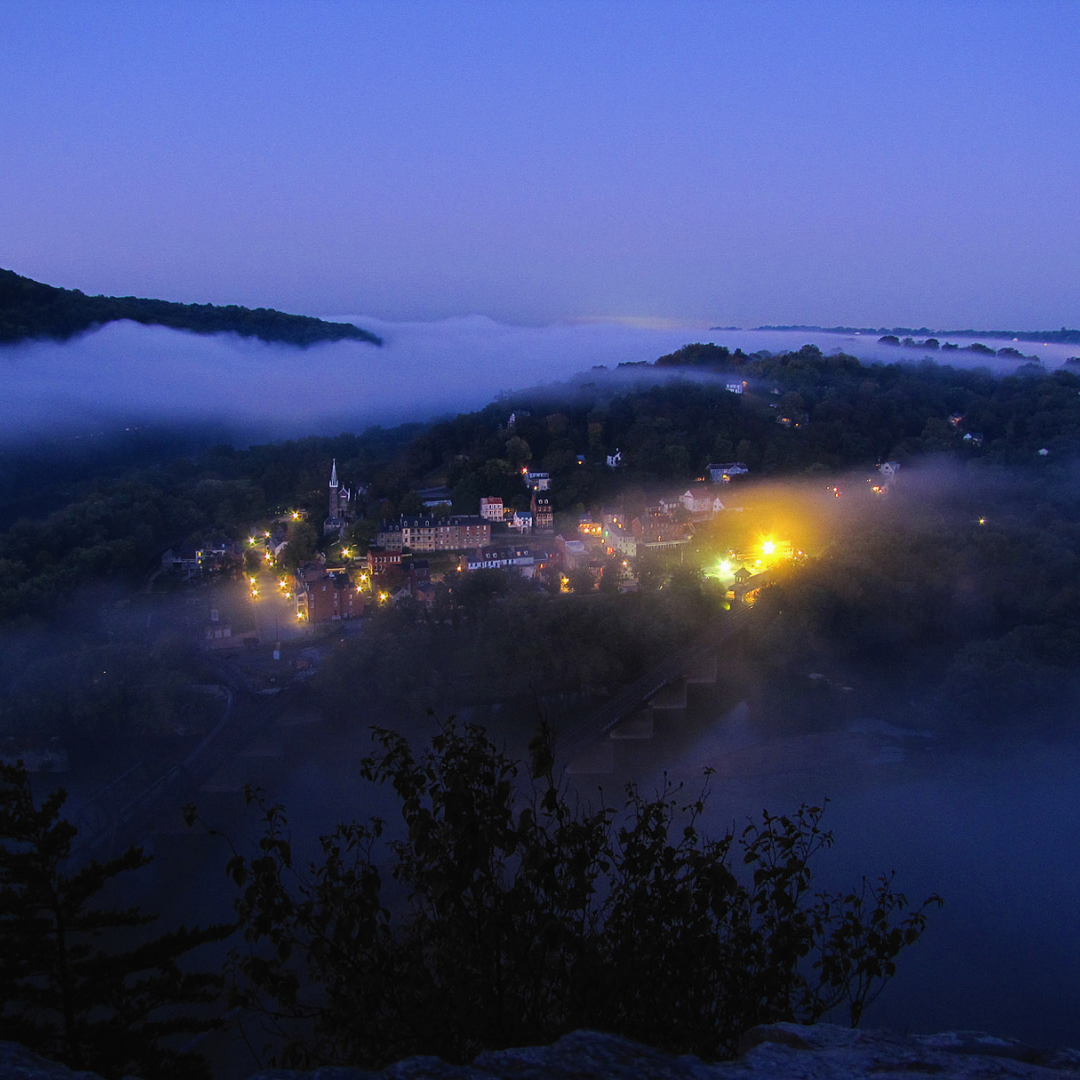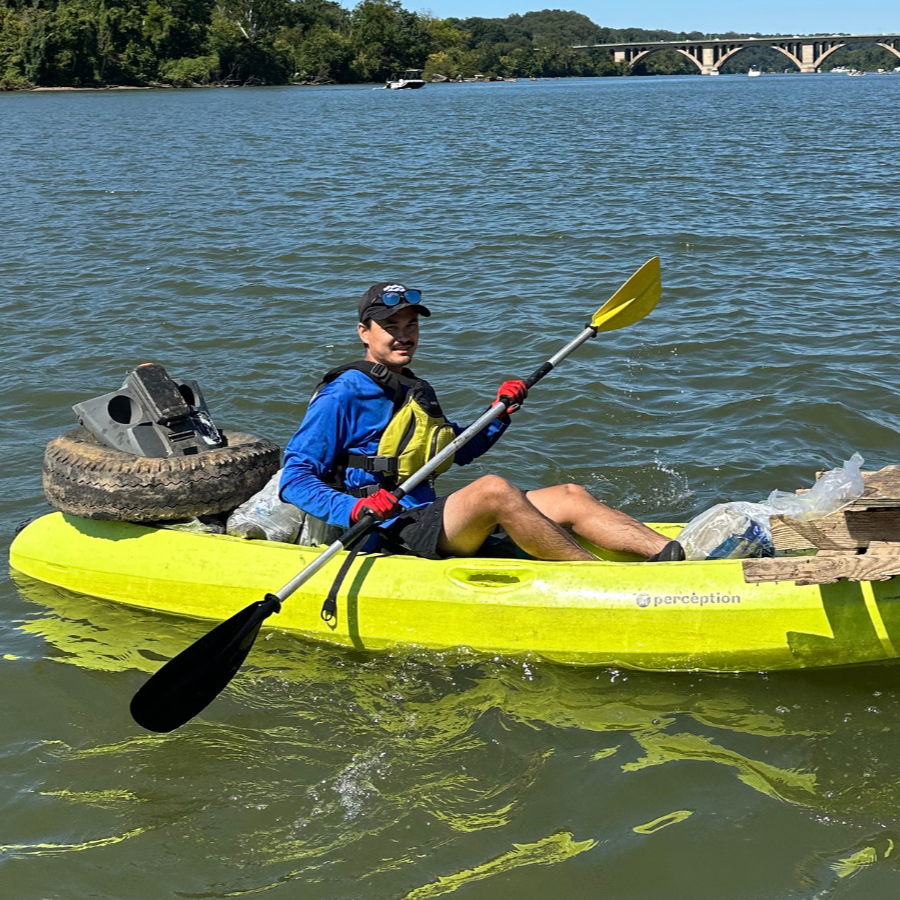3 essential books by Indigenous authors for environmental activists
/To protect the Potomac River, we have to understand how Indigenous people have shaped the conservation movement
Participants in the Potomac River Walk Ritual, 2016. Photo courtesy of the Chesapeake Bay Program.
Every September, Potomac Conservancy celebrates National Public Lands Day by bringing volunteers to the riverside for a trash pickup. National Public Lands Day was established in 1994 to inspire environmental activism, honor the relationship between people and their local green spaces, and encourage protection of natural spaces.
However, amid our celebration, it is vital to note two uncomfortable facts about public lands:
All lands in the United States are the ancestral lands of Indigenous peoples - most of whom were forcibly removed from their homes and had their rights to use their lands and waters stripped away.
Indigenous peoples throughout our nation have shaped the movement for conservation of public lands, often without credit.
Along Potomac River, the Piscataway people thrived for thousands of years prior to being displaced by European colonization. Today, members of the Piscataway Conoy Tribe make up a robust element of our local environmental movement.
That’s why there’s no time like the present to learn about the history of Indigenous peoples in the United States, their relationship with the environment, and their indispensible work for environmental justice with these essential reads by Indigenous authors.
An Indigenous Peoples’ History of the United States by Roxanne Dunbar-Ortiz, Jean Mendoza, and Debbie Reese
Let’s start with at the very beginning (a very good place to start!).
The lands, waters, wildlife of the United States have a loooong history (like, pre-1776). So do the Indigenous peoples of the United States.
Yet most of us weren’t taught about the hundreds of tribal nations and millions of native people who inhabited and shaped our lands.
This book (and the adapted edition for younger readers) aims to provide that history, and - most importantly - do it from an Indigenous perspective.
2. Braiding Sweetgrass: Indigenous Wisdom, Scientific Knowledge, and the Teachings of Plants by Robin Wall Kimmerer
Braiding Sweetgrass is a modern classic for plant lovers, botany nerds, and anyone with a deep connection to nature.
In this best-seller, Robin Wall Kimmerer (a member Citizen Potawatomi Nation and Doctor of Botany) demonstrates how ancient indigenous knowledge can be woven with western science in order to heal land - and our relationship with it.
“Knowledge should be coupled with the responsibility to use that knowledge wisely…If we’re going to bring science and traditional ways together, the holders of indigenous knowledge need to control how it is used, and it needs to be shared freely, not taken.” - Robin Wall Kimmerer, The Sun
3. As Long As Grass Grows: The Indigenous Fight for Environmental Justice, From Colonization to Standing Rock by Dina Gilio-Whitaker
Perhaps this year, thanks to the Black Lives Matter movement, you’ve learned the term “Environmental Justice”. But what does Environmental Justice mean for Indigenous people in this country?
In this book, journalist, activist, and member of the Colville Confederated Tribes Dina Gilio-Whitaker doesn’t just teach the history of Indigenous resistance to environmental destruction. She makes a case for why modern activists must understand this history to build an effective, equitable, and sustainable environmental movement.

















